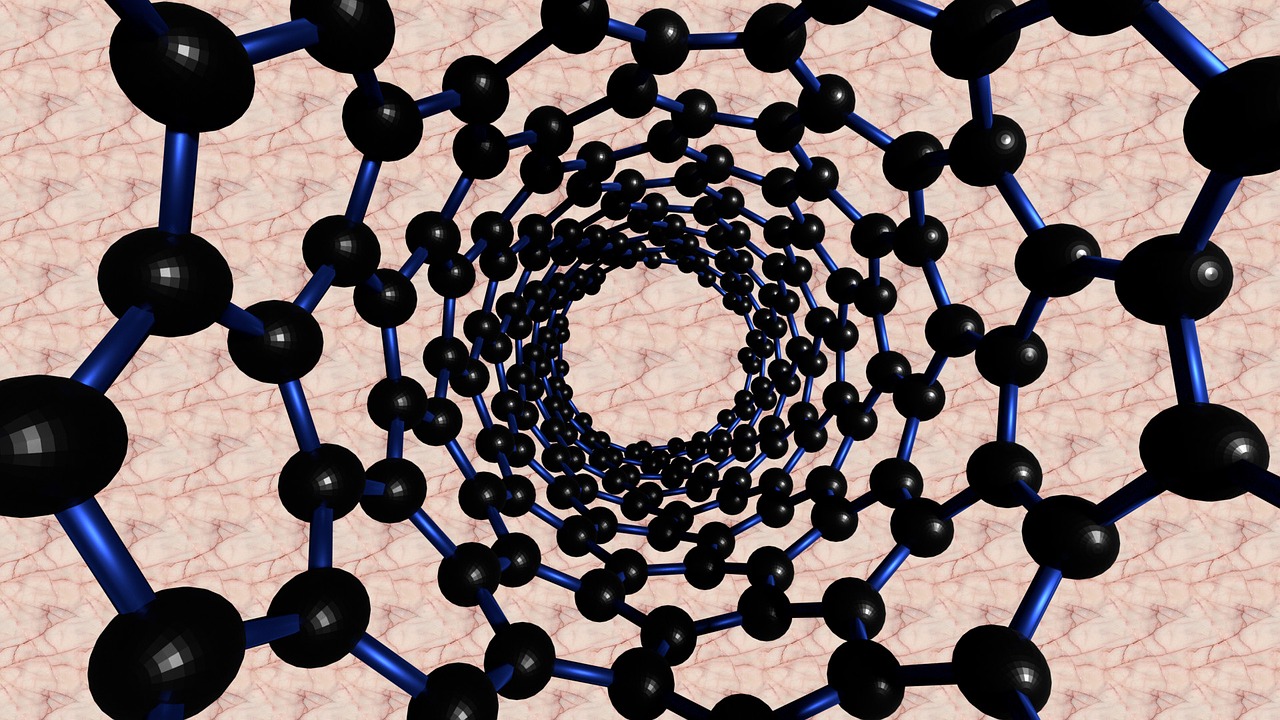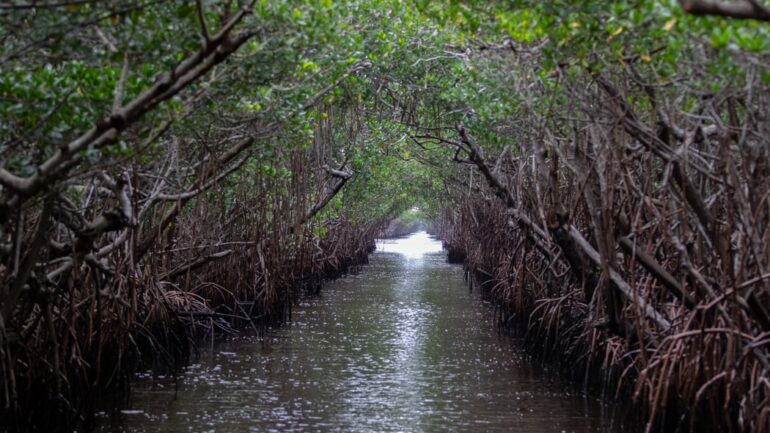Written by Hoang Nam Vu, Staff Writer for Save The Water™ | December 10th, 2017
Water contamination can occur in many forms; the most prominent water contaminants are toxic metals. Lead was the source of contamination in Flint, Michigan, and the primary component of lead-based paints that have plagued the US for decades, but various other metals are often found with relatively-high prevalence in contaminated water. These metals hold short- and long-term effects on biological health comparable to the most devastating aquatic toxins. Cadmium “causes high blood pressure, liver and kidney damage, anemia, destroys red blood cells, and is toxic to aquatic biota.”1 Copper can “cause stomach and intestinal distress, liver and kidney damage, anemia in high doses, and despite being an essential trace element, is toxic to plants and algae at moderate levels.” Mercury “can cause nervous system disorders.” Nickel has been found to “damage the heart and liver of laboratory animals exposed to large amounts over their lifetime.”1 Given the prominence of–and evident devastation caused by–these metals as water contaminants, one of the most notable discoveries in water purification technology in recent memory is the apparatus able to remove these toxic metals from water.
A certain type of water filter created in the laboratories of Rice University have been found to absorb more than 99 percent of the previous mentioned metals from water samples.2 The filters themselves are composed of “carbon nanotubes immobilized in a tuft of quartz fiber, which are then chemically epoxidized.The researchers deemed the process of epoxidation to be the most crucial in the adsorption of the metals.”2 The filters were able to “treat five liters of water in less than one minute and be renewed in 90 seconds by washing with a mild household chemical.”2 There were also able to “retain its function for long periods of usage, after which the metals contained could be reused or safely disposed of.”2 These facilities can prove effective and relevant capabilities for water purification. Although the researchers suggested the pure efficacy and efficiency of even the initial filters could prove useful in more economically-downtrodden areas of the world, the filters themselves are effective prototypes in terms of widescale usage. In particular, this is especially true when it comes to applicability in the United States.
While natural sources of water contamination are prominent in their own right, many of the most notable sources of water contamination are anthropogenic by nature. For example, eutrophication occurs often as the result of land runoff contaminated with fertilizer. Perhaps a more clear-cut example is the generation of mine wastewater from metal production factories.Researchers from Rice University suggested an application of a scaled-up version of their filter for rampant water contamination. Speaking in generalizations, contaminated mine water is the most common form in which metals are introduced into aquatic systems, while natural processes include “the weathering of soils and rocks and volcanic eruptions.”3 Dangers of increased metal content in water, heavy metals in particular, are ruinous in a myriad of mechanisms. Researchers from LennTech cite negative implications as follows:
“Electron transfer reactions that are connected with oxygen can lead to the production of toxic oxyradicals, a toxicity mechanism now known to be of considerable importance in both animals and plants. Some oxyradicals, such as superoxide anion (O2-) and the hydroxyl radical (OH-), can cause serious cellular damage.”3
Metals, as contaminants, can also permeate into the long-standing ecosystem by nefarious means. When accompanied by a decrease in pH level, which often occurs with increased metal content, the metals dissolve more easily, permitting a higher level of mobility.*The possible deposition of these metals deep in soil sediments creates a persistent problem with devastating consequences.3
Toxic metals in aquatic environments are especially difficult to address given their nature. As previously mentioned, metals can often deposit themselves deep in sediments of an ecosystem, increasing the difficulty in which all metal contamination can be addressed. Furthermore, many of these metals, such as copper, zinc, iron, and manganese, are essential at small doses but injurious at higher levels. Eliminating metals from an aquatic ecosystem is a challenge in and of itself, but returning and maintaining a healthy aquatic metal content is another project entirely.3 In many cases, this contamination is also a nonpoint source, increasing the difficulty in which the contamination itself can be addressed.3 (If interested in this subject, look at previously published articles on point versus nonpoint source contamination by Save The Water volunteers.) These challenges, however, have not stopped researchers from exploring solutions; these carbon nanotubes are just a single, recent example. As early as 1997, researchers have been investigating the capabilities of biological organisms in alleviating metal contamination, primarily through the “biosorption of metals or enzymatically catalyzed changes in the metal redox state.”4 A more recent study established a relevant technology, not unlike the aforementioned filters, in the form of a “manganese dioxide-coated multiwall carbon nanotube nanocomposite.”5 Simply speaking, the approach in which aquatic metal contaminants are addressed is in no way lacking methods, but is certainly still an area where improvement can be made, especially in the wide-scale application of proven technologies.
References
- US Geological Survey. December 2, 2016. “Contaminants Found in Groundwater.” U.S. Department of the Interior. https://water.usgs.gov/edu/groundwater-contaminants.html
- ScienceDaily. July 27, 2017. “Heavy metals in water meet their match.” Rice University. https://www.sciencedaily.com/releases/2017/07/170727083159.htm
- LennTech BV. 2017. “Metals in aquatic freshwater.” LennTech. https://www.lenntech.com/aquatic/metals.htm
- Lovley, Derek R. and Coates, John D.. June 1997. “Bioremediation of metal contamination.” Current Opinion in Biotechnology, 3(8), 285-289. http://www.sciencedirect.com/science/article/pii/S0958166997800055
- Saleh, Tawfik A. and Gupta, Vinod K.. May 2012. “Column with CNT/magnesium oxide composite for lead(II) removal from water.” Environmental Science and Pollution Research, 4(19), 1224-1228. https://link.springer.com/article/10.1007/s11356-011-0670-6





